Tracking Down Climate’s Tipping Points
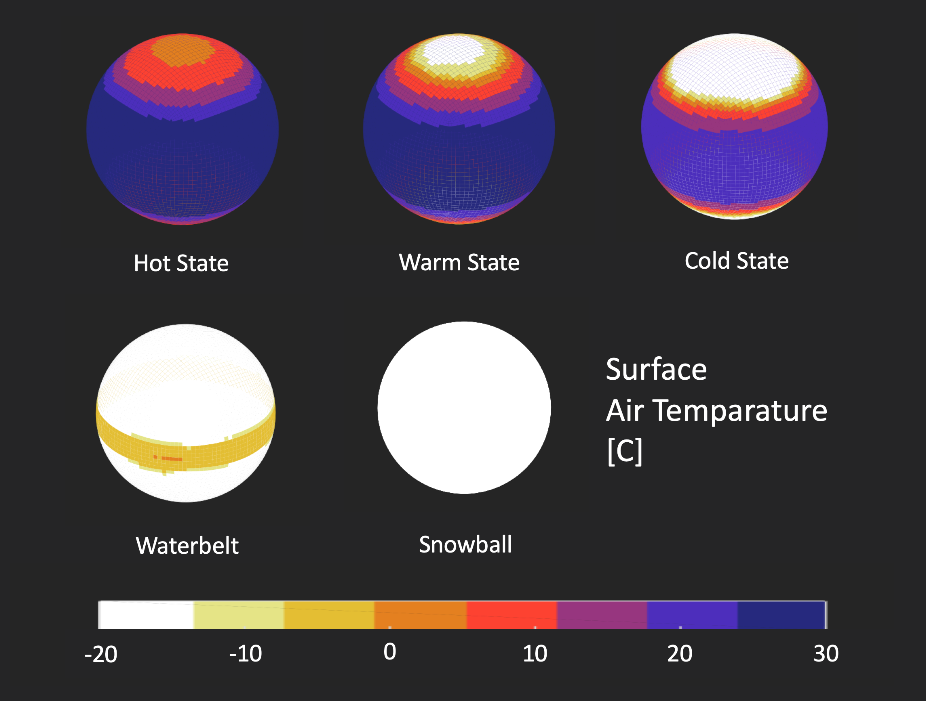 A group at UNIGE in Switzerland uses MITgcm aquaplanet experiments to probe climate sensitivity.
A group at UNIGE in Switzerland uses MITgcm aquaplanet experiments to probe climate sensitivity.
Breaking the Ice
 Researchers from Germany and Canada study fracturing of sea ice by comparing different rheologies in the MITgcm sea-ice package
Researchers from Germany and Canada study fracturing of sea ice by comparing different rheologies in the MITgcm sea-ice package
MITbioGeoCheMistry
 This month we spotlight work seeking to couple the MITgcm with another open-source marine biogeochemistry tool developed and maintained by a consortium involving modelers across Europe and also South Africa.
This month we spotlight work seeking to couple the MITgcm with another open-source marine biogeochemistry tool developed and maintained by a consortium involving modelers across Europe and also South Africa.
Snowballs in Summer
 Cool off with a study from Ashkenazy, Gildor, Losch and Tziperman who use MITgcm to explore the ocean in models of snowball earth.
Cool off with a study from Ashkenazy, Gildor, Losch and Tziperman who use MITgcm to explore the ocean in models of snowball earth.
Sea – Ice Interplay
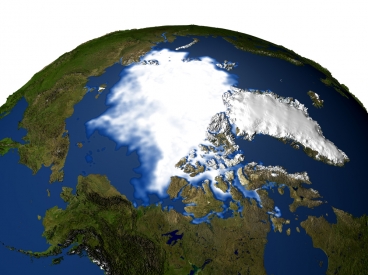 In a novel approach, MITgcmers Ian Fenty and Patrick Heimbach use optimal state and parameter estimation to improve the sea-ice simulations.
In a novel approach, MITgcmers Ian Fenty and Patrick Heimbach use optimal state and parameter estimation to improve the sea-ice simulations.
MITgcm on Ice
In a recent paper in the Journal of Physical Oceanography, An Nguyen (MIT) and co-authors Ronald Kwok (JPL) and Dimitris Menemenlis (JPL) report on work using MITgcm to better understand the origin and character of the western arctic, upper halocline.
Arctic Carbon Cycle Modeling
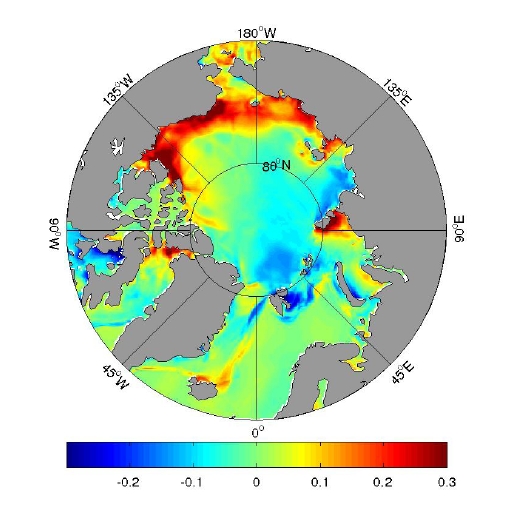 Motivated by observations indicating rapidly falling annual sea-ice minima, Manfredi Manizza and co-workers have been using an Arctic configuration of MITgcm to explore the Arctic Ocean Carbon Cycle.
Motivated by observations indicating rapidly falling annual sea-ice minima, Manfredi Manizza and co-workers have been using an Arctic configuration of MITgcm to explore the Arctic Ocean Carbon Cycle.
Modeling the Ocean Response to Hurricanes
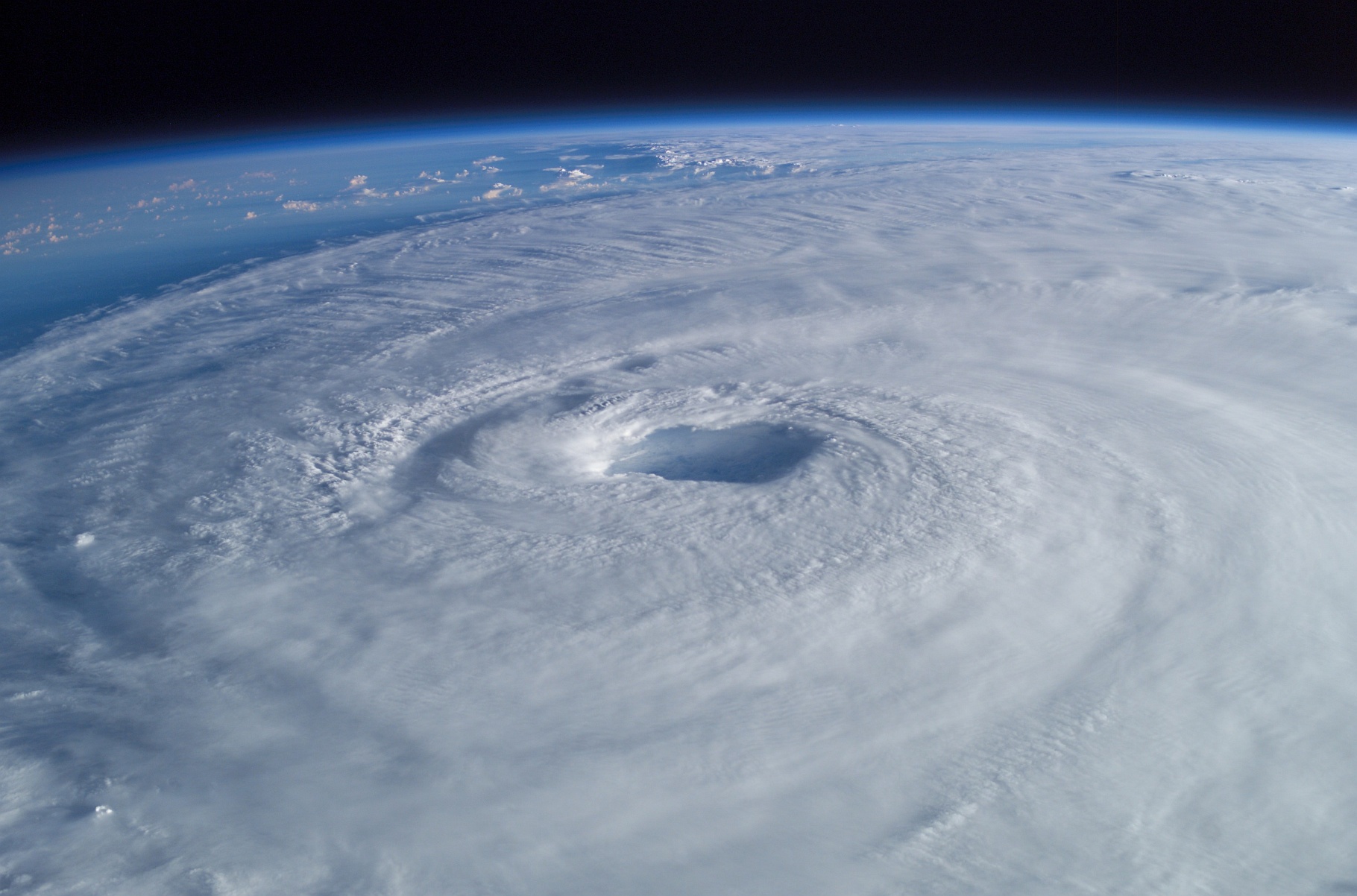 Familiar as we are with satellite images of hurricanes, the impact of these powerful storms on the upper ocean is markedly less visible. Dr Sarah Zedler (Texas A&M University) has been using MITgcm to help understand the features that appear in oceanic field data as a result of hurricane passage above.
Familiar as we are with satellite images of hurricanes, the impact of these powerful storms on the upper ocean is markedly less visible. Dr Sarah Zedler (Texas A&M University) has been using MITgcm to help understand the features that appear in oceanic field data as a result of hurricane passage above.
Climate Determinism Revisited
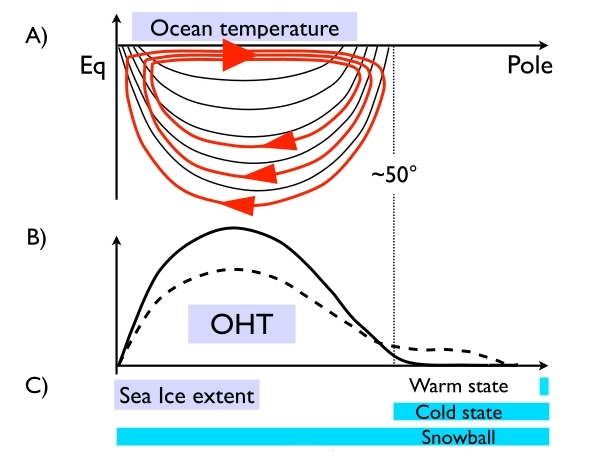 In a first for models simulating the 3d dynamics of both ocean and atmosphere, the MITgcm climate model has been found to exhibit three different stable states for exactly the same set of parameters and external forcings, suggesting that climates may exhibit multiple equilibria even in the presence of a vigorous internal variability sustained by weather systems and ocean-atmosphere-sea ice interactions…
In a first for models simulating the 3d dynamics of both ocean and atmosphere, the MITgcm climate model has been found to exhibit three different stable states for exactly the same set of parameters and external forcings, suggesting that climates may exhibit multiple equilibria even in the presence of a vigorous internal variability sustained by weather systems and ocean-atmosphere-sea ice interactions…
Modeling Nordic Seas
 This month we look at work by Tom Haine, Professor of Physical Oceanography at Johns Hopkins University who is using MITgcm to model high-frequency fluctuations in the flow through the Denmark Strait…
This month we look at work by Tom Haine, Professor of Physical Oceanography at Johns Hopkins University who is using MITgcm to model high-frequency fluctuations in the flow through the Denmark Strait…
